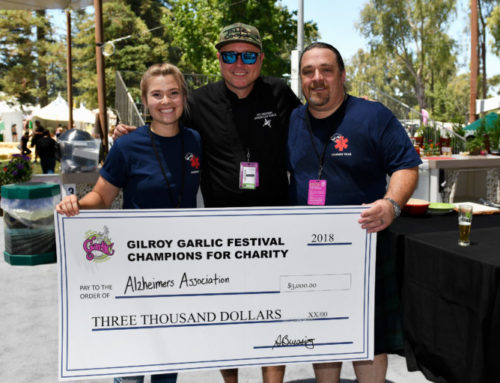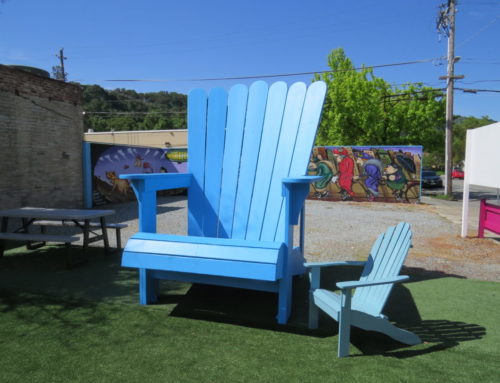Published in the December 23, 2015 – January 5, 2016 issue of Morgan Hill Life
Writing about our local history and landscapes is certainly an enjoyable endeavor, although I much prefer the fieldwork — talking with people who share a similar passion for our heritage and walking the hills and creeksides to absorb the full flavor of our environment.
In an earlier piece about Charles Kellogg, I was concerned our final edit incorrectly stated that his mother had passed away when he was a very young boy. Charles lost his mother when his father (Henry) and mother (Mary Carlisle) divorced just after he was born. Charles apparently had only faint memories of his mother and older sister, Genevieve, as the two boys stayed with their father, and Mary and Genevieve moved away.
In his book, he only mentions losing his mother in infancy saying that “they tell me there were no other white women” near where he was born in Plumas County. “I was given over to a faithful Indian squaw and my childhood companions were Chinamen and Digger Indians. In this man’s frontier world my childhood was not wild, but free. I was a lonely child, but not unhappy, for I spent my days in the meadows and forests and was always occupied with birds and insects, listening to them and talking to them in their own language.”
It was from those opening remarks in his book that the idea occurred to me that Charles realized he was something of a “lost boy.” And, perhaps why he envisioned someday possessing a place he would call his “Ever, Ever Land Ranch” — a place he found here in Morgan Hill. Charles explained that “not until I was a grown lad did I learn that the ability to talk in the language of the birds and animals was unusual and that others could not do so. Father was too preoccupied with his many mining and business affairs to pay much attention to me, so I learned from the Indians and the Chinamen. They taught me to fear no creature, and I seemed to have been born with the sense of absolute direction. I wandered among the woods and I learned the habit of minding my own business, letting the other fellow alone — bird, bear, snake or human.”
An interview published in a 1915 issue of Sunset Magazine written by Rufus Steele illuminates some of the many facets of Charles Kellogg. Steele went on to become an editor of the Christian Science Monitor and their friendship developed through their shared practice of the Christian Science teachings. The title for the article was “Charles Kellogg — who makes bird songs where no birds are and water springs in a thirsty land.”
Just a couple of years prior, Charles had climbed the Santa Catherine horse trail to the summit of Coyote Ridge about 700 feet above the valley floor. Steele wrote “across the valley El Toro reared its peak. The eye readily swept up and down thirty miles of level country, so softly alluring that one could understand why the Spanish called it Val Celico, or heavenly valley.” About him was a grove of splendid live oaks. Kellogg was transported exclaiming: “This is home!” and “Here I will build my house!”
But what about the water supply, or lack thereof, that I referred to a couple of weeks ago in our first episode? According to Steele, the Kelloggs had come to the Santa Catherine Hills in the third successive year of drought. Cattle perished of thirst. What are they going to do about the water was the question the locals were wondering. Kellogg’s response was “I am going to have a nice little brooklet running down each side of the house as soon as we get up the roof and I have time to attend to the matter.”
The Kellogg’s nest, or Mushroom home, was just below the summit of the ridge. The rough roadway had been worked and now zigzagged back and forth along the side of the hill to the top. When the house was ready, Kellogg cut a new forked branch from a willow tree. A hundred yards from the house, close to the very summit, the willow fork, grasped tightly in his hands, dipped toward the earth. The surface was powder dry. Kellogg began to dig, starting an open cut that eventually extended twenty-five feet and producing a permanent flow of water. We call such a forked willow branch a divining rod but the article refers to it as a “water witch.”
The spring was developed by encasing it in a rock structure and running a two-inch pipe to the Mushroom. “The spring has ever since supplied the house, fed a fountain that plays thirty feet in the air day and night, and runs the sprinklers for the garden.” The article includes pictures of the fountain and corn stalks growing seven or eight feet high. Steele concludes by noting “Kellogg Springs, the place is now called and the liberated waters have brought life to the land. There is no doubt that the man who sings as a bird has long since learned to soar. You feel that this man knows the heights of life.”
Mike Monroe is a business owner and naturalist. He is a docent for Santa Clara County Parks.







